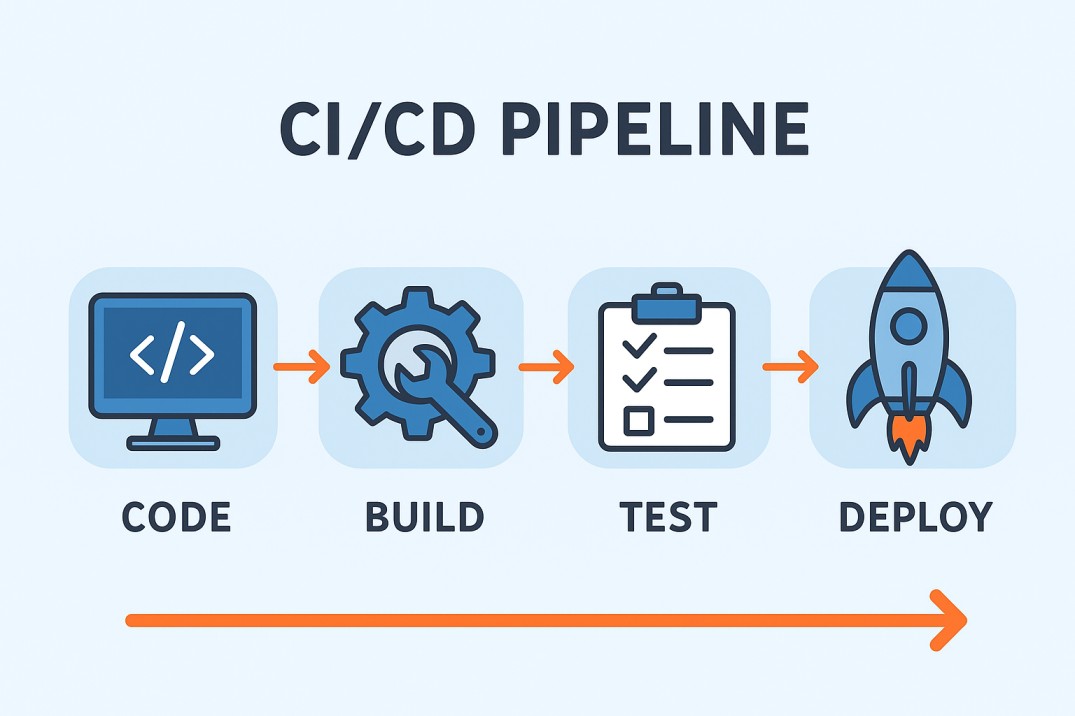|
|
|
Java Web Development (JSP/Servlets) Services |
| Java became popular on the Internet due to the small java applets in 1995. Java applets provided great looking
web sites. Java became pouplar due to its cross platform support.
Java Appliction runs same on Windows as on Linux/Unix/Mac. JSP and Java Servlets are used for server side programming to create dynamic pages which change with every request.
We have JSP/ Servlet programmers/developers. We can provide all kind of java web development services.
Contact us for a free quote.
|
|
- Building a Containerized Quarkus API and a CI/CD Pipeline on AWS EKS/Fargate with CDK
In a recent post, I have demonstrated the benefits of using AWS ECS (Elastic Container Service), with Quarkus and the CDK (Cloud Development Kit), in order to implement an API for the customer management.
In the continuity of this previous post, the current one will try to go a bit further and replace ECS by EKS (Elastic Kubernetes Service) as the environment for running containerized workloads. Additionally, an automated CI/CD pipeline, using AWS CodePipeline and AWS CodeBuild, is provided.
- Automated Deployment Using a CI/CD Pipeline (Mule 4 | CloudHub 2.0)
The purpose of this article is to depict and demonstrate how to automate the build and deployment process using a CI/CD pipeline with CloudHub 2.0 (Mule 4).
Prerequisites
- Anypoint CloudHub account (CloudHub 2.0)
app.runtime – 4.9.0mule.maven.plugin.version – 4.3.0- Anypoint Studio – Version 7.21.0
- OpenJDK – 11.0
![CICD Pipe Line Image]()
- Securing Verifiable Credentials With DPoP: A Spring Boot Implementation
In my previous article, I demonstrated how to implement OIDC4VCI (credential issuance) and OIDC4VP (credential presentation) using Spring Boot and an Android wallet. This follow-up focuses on a critical security enhancement now mandated by EUDI standards: DPoP (Demonstrating Proof-of-Possession).
The Problem With Bearer Tokens
Traditional Bearer tokens have an inherent weakness: anyone who obtains the token can use it. If an attacker intercepts or steals a Bearer token, they can impersonate the legitimate client until the token expires (or is revoked).
- How to Perform Response Verification in REST-Assured Java for API Testing
One of the core factors in API test automation is verifying the response body for data integrity. It is a crucial step in the functional validation of the API to confirm that it is returning the correct data as desired.
This verification of the response body can be of a POST, GET, PUT, or PATCH API request. The same logic can be applied to any API response for verifying the data returned by the API.
- Best Date Conversion Approaches in Java 8+
Working with dates and time has always been one of the trickiest parts of Java development. For years, developers wrestled with java.util.Date, Calendar, and the never-ending confusion around mutability, time zones, thread safety, and formatting quirks. When Java 8 introduced the java.time package, it finally brought a modern and much more intuitive date-time API inspired by Joda-Time. Yet even with this improved API, many developers still find themselves constantly converting between different date representations, especially when integrating legacy systems, REST interfaces, databases, or front-end clients.
In this article, I want to walk through the best practical approaches for date conversion in Java 8+, focusing on clarity and reliability. These are patterns I’ve seen consistently used in production systems, and they help avoid many silent bugs that come from incorrect time zone assumptions, accidental loss of precision, and misuse of the older date classes.
|
|
|
|
